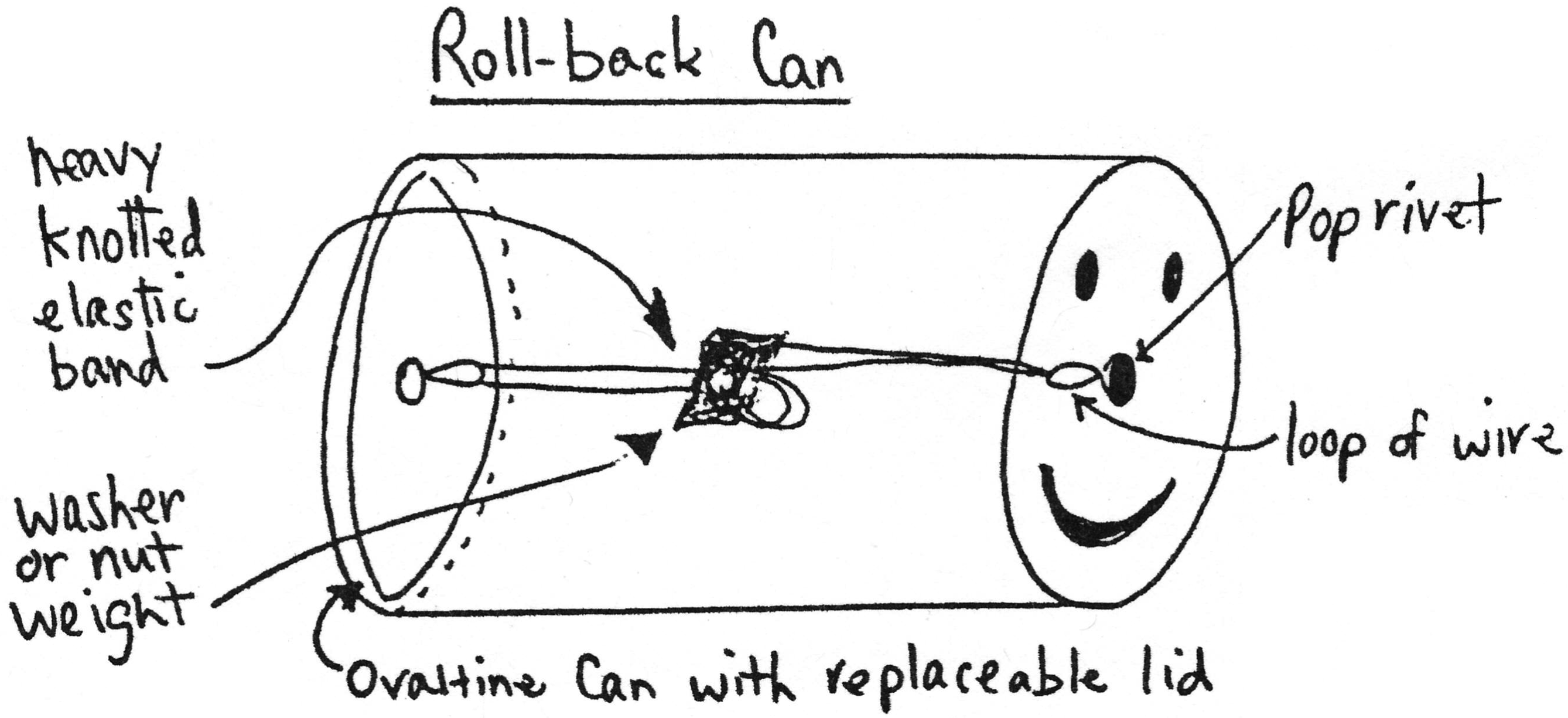Standing Waves — The Can that Comes Back
October 01, 1992 Filed in:
Demo CornerPauline Plooard, Fenelon Falls Secondary School
A Timely Suggestion for Making Waves
Standing waves can be quickly and easily created on the front demonstration bench even if you don’t have a genuine string vibrator. Simply tie a length of white butcher cord to the “clapper” of an old Starks recording acceleration ticker-timer. Clamp the timer near one end of the front bench. Knot the other end of the string to a tap, rod, or other fixed object at the opposite end of the front bench so that the string is somewhat taut. Turn on the power supply to the timer and adjust the position of the timer and tension of the string to produce standing waves. Given that the timer frequency is 60 Hz, the speed of propagation of the waves can be easily calculated from the number of antinodes (loops) in the standing wave pattern. This is particularly useful in the class after “standing waves in a coiled slinky spring investigation” as reinforcement of the principles learned.
- The Stark recording acceleration ticker-timer is essentially an electric bell with the gong gone. Alternatively you could easily modify an electric bell to perform as above. Even a class set is possible.
The Can That Always Comes Back
The difference between a property and a theory can often be vague for high school students. But describing the Roll-back Can and postulating why it always rolls back is fun and should help clear up the problem.
The Roll-back Can is constructed from an empty Ovaltine can, or one similar. Pop rivet a loop of wire on the inside of the lid and another on the inside of the bottom of the can. Between the loops, attach a slightly stretched heavy elastic band with a weight (large nut or washers) knotted onto its middle. Put the lid on the can, and draw happy or unhappy faces in black marker on the ends of the can to disguise the pop rivets.

Show the class the can and ask them to describe it. Eventually roll it away from you on the front bench repeatedly. You can even get a ramp and roll it downhill at increasing slopes to see just what it can do. (If you wear long sleeves or a lab coat, it’s possible to imply a hidden magnet or strings.)
Sort the answers for a description into properties and theories. Eventually you will get properties such as metallic, shiny, cylindrical solid that when rolled away always comes back. Invariably there is a student who “knows” and is eager to offer a theory — I usually entitle any explanations “Johnny’s Theory”, “Joanna’s Theory”, etc. Students then have their name above that of Einstein or Darwin when I list names of any other theories they have heard about.
Finally, just like the atomic theory which explains the internal structure of a solid, emphasize they cannot look inside the Roll-back Can to see why it always rolls back anymore than they can cut open the metal to see the atoms.
Column Editor: Ernie McFarland, Physics Department, University of Guelph, Guelph, Ontario, N1G 2W1 Tags: Motion, Pedagogy, Waves and Sound


